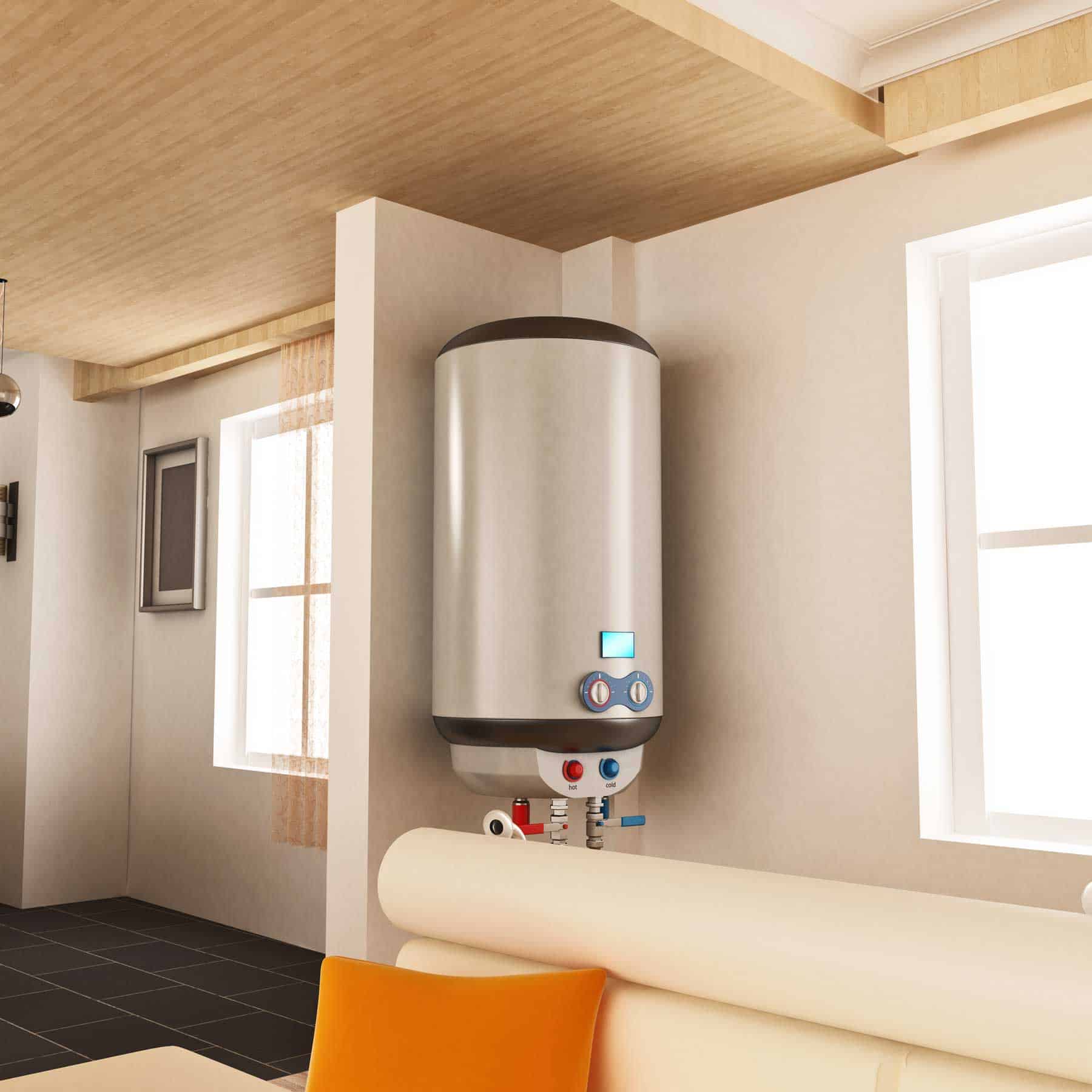We have unearthed this post involving How to Maintain a Hot Water Heater in a Few Simple Steps listed below on the internet and think it made sense to relate it with you on this page.

Hot water is crucial for everyday comfort, whether it's for a revitalizing shower or cleaning dishes. To guarantee your warm water system runs efficiently and lasts much longer, routine upkeep is essential. This write-up offers functional pointers and insights on just how to keep your home's hot water system to prevent disturbances and costly repair services.
Introduction
Maintaining your home's warm water system could seem complicated, but with a couple of straightforward actions, you can ensure it runs efficiently for years to find. This overview covers everything from recognizing your hot water system to do it yourself maintenance pointers and knowing when to contact expert aid.
Significance of Preserving Your Warm Water System
Normal maintenance not just extends the life-span of your hot water system however additionally ensures it runs efficiently. Ignoring maintenance can cause lowered efficiency, greater energy expenses, and also premature failure of the system.
Indicators Your Hot Water System Requirements Upkeep
Knowing when your warm water system requires attention can stop significant issues. Watch out for indicators such as inconsistent water temperature, weird sounds from the heating unit, or corroded water.
Understanding Your Hot Water System
Prior to diving right into maintenance tasks, it's handy to understand the fundamental parts of your warm water system. Generally, this includes the hot water heater itself, pipelines, anode rods, and temperature level controls.
Month-to-month Upkeep Tasks
Normal monthly checks can assist capture small issues prior to they escalate.
Flushing the Water Heater
Flushing your hot water heater removes debris build-up, boosting effectiveness and extending its life.
Monitoring and Changing Anode Rods
Anode poles prevent corrosion inside the storage tank. Checking and changing them when broken is vital.
Checking and Changing Temperature Level Settings
Changing the temperature settings ensures ideal efficiency and security.
Do It Yourself Tips for Upkeep
You can do a number of maintenance tasks yourself to maintain your hot water system in leading problem.
Checking for Leaks
On a regular basis evaluate pipes and connections for leakages, as these can bring about water damages and higher expenses.
Examining Pressure Alleviation Valves
Testing the stress safety valve ensures it operates correctly and stops excessive pressure build-up.
Insulating Pipes
Shielding hot water pipelines decreases heat loss and can conserve energy.
When to Call an Expert
While do it yourself maintenance is valuable, some problems call for expert proficiency.
Facility Issues Requiring Specialist Help
Instances include major leakages, electrical troubles, or if your water heater is consistently underperforming.
Routine Specialist Upkeep Benefits
Specialist maintenance can consist of extensive inspections, tune-ups, and guaranteeing conformity with security standards.
Final thought
Regular upkeep of your home's hot water system is important for performance, durability, and price savings. By adhering to these suggestions and recognizing when to look for expert aid, you can make certain a trustworthy supply of hot water without unexpected disturbances.
How to Maintain an Instant Hot Water Heater
Before tinkering with your hot water heater, make sure that it’s not powered on. You also have to turn off the main circuit breaker and shut off the main gas line to prevent accidents. Also turn off the water valves connected to your unit to prevent water from flowing into and out of the appliance. 2. When you’re done, you have to detach the purge valves’ caps. These look like the letter “T†and are situated on either side of the water valves. Doing so will release any pressure that has accumulated inside the valves while at the same time avoid hot water from shooting out and burning your skin. 3. When the purge valves’ caps are removed, you have to connect your hosing lines to the valves. Your unit should have come with three hoses but if it didn’t, you can purchase these things from any hardware or home repair shops. You can also get them from retail stores that sell water heating systems. Read the user’s manual and follow it to complete this task properly. When the hosing lines are connected, open the purge port’s valves. 4. You should never use harsh chemical cleaners or solutions when cleaning your unit. Make use of white vinegar instead. It should be undiluted and you’ll probably use about 2 gallons. 5. Now flush your water heater. This task should probably take about 40 minutes. We can’t give you specific directions for this because the procedure is carried out depending on the type, model and brand of your heater. With that being said, refer to the user’s manual. 6. When you’re done draining the unit, you have to turn off the purge port valves again. Remove the hosing lines that you earlier installed on each of the water valves. Put the valve caps (purge port) back in their respective places and be very careful so as not to damage the rubber discs that are found inside these caps. 7. Now that everything’s back in place, check your user’s manual again to find out how to reactivate your water heating system. 8. Once it is working, turn one of your hot water faucets on just to let air pass through the heater’s water supply pipes. Leave the tap on until water flows smoothly out of it. https://www.orrplumbing.com/blog/2014/september/how-to-maintain-an-instant-hot-water-heater/

I recently found that blog posting about Tips on Maintaining a Water Heater when doing a search on the web. Do you know about anybody else who is excited about the topic? Be sure promote it. We value reading our article about What Kind of Maintenance Do Water Heaters Need?.
View More